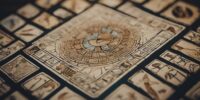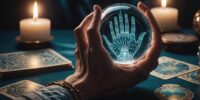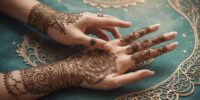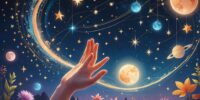When Did Tarot Reading Turn Into a Form of Divination?
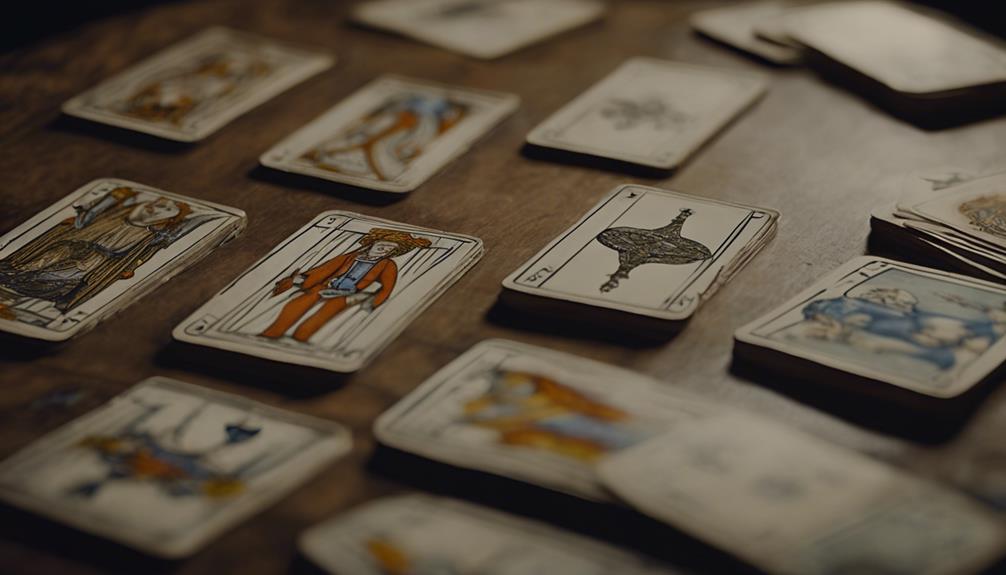
Tarot reading turned into a form of divination during the 18th century.
It is a practice that uses a deck of cards to gain insight into the past, present, or future.
The cards are typically laid out in a spread, and their positions and meanings can provide guidance and clarity on various aspects of life.
Origins of Tarot Cards
Dating back to the 15th century in Europe, the origins of Tarot cards are shrouded in mystery and intrigue, with their evolution intertwined with various cultural and historical influences. The symbolic imagery depicted on Tarot cards serves as a visual language that transcends time and place, speaking to the subconscious mind in profound ways. Initially used as playing cards in the courts of Europe, Tarot cards later found their way into the domain of fortune telling, offering insights into the past, present, and future.
The intricate designs and esoteric symbols on each card provided a canvas for divination practices to unfold, sparking curiosity and fascination among those seeking spiritual guidance. As Tarot reading gained popularity, its association with mystical domains grew, paving the path for its shift from a mere game to a tool for exploring the depths of the human psyche. The allure of Tarot lies in its ability to tap into the universal truths and archetypes that resonate with individuals on a soul level, making it a powerful instrument for self-reflection and personal growth.
Transition to Spiritual Practice
The evolution of Tarot cards from their origins as playing cards to tools for exploring the depths of the human psyche marked a profound shift towards spiritual practice. As individuals began to explore the symbolic meanings of the cards, they discovered a pathway to spiritual growth and personal development. Here are four key aspects of Tarot's change to a spiritual practice:
- Self-Reflection: Tarot readings serve as mirrors, reflecting one's inner thoughts and emotions, aiding in self-discovery.
- Intuitive Guidance: Through Tarot, individuals tap into their intuition, gaining insights that guide them on their life journey.
- Connection to Higher Self: The practice of Tarot encourages individuals to connect with their higher selves, fostering a deeper understanding of their purpose and direction in life.
- Empowerment: Tarot empowers individuals to take control of their lives, make informed decisions, and embrace their true selves with confidence and clarity.
Influence of Occultism

The infusion of occultism into Tarot reading heralded a profound shift in the way individuals perceived and utilized these mystical cards. The occult influence on Tarot emerged during the late 18th century, with a surge in interest in esoteric practices and mysticism. This historical significance marked a departure from the Tarot's traditional role as a game or entertainment tool, transforming it into a conduit for spiritual exploration and divination.
Occultism introduced a layer of mystique and depth to Tarot readings, imbuing each card with symbolic meanings that transcended their face value. Practitioners began to view Tarot as a mirror reflecting the subconscious mind and a key to unveiling hidden truths. This shift towards the occult not only enhanced the allure of Tarot but also sparked controversy and debate among scholars and religious authorities.
The fusion of Tarot with occultism paved the way for its integration into various mystical practices and rituals, cementing its status as a powerful tool for spiritual guidance and introspection. This blending of occult influences with Tarot reading continues to captivate modern audiences seeking insight and enlightenment through the enigmatic symbolism of the cards.
Tarot in the Renaissance Era
During the Renaissance Era, Tarot underwent a metamorphosis, evolving into a revered tool of esoteric wisdom and symbolic insight. This period marked a significant shift in how Tarot was perceived and utilized, laying the foundation for its mystical associations that endure to this day.
Here are four key aspects that defined Tarot in the Renaissance Era:
- Renaissance Symbolism: Tarot decks of this era were rich in symbolic imagery, drawing inspiration from Renaissance art, philosophy, and alchemy to convey deeper meanings within the cards.
- Tarot History: The Renaissance saw a resurgence of interest in ancient wisdom and esoteric traditions, leading to a rediscovery and reinterpretation of Tarot's origins and mystical significance.
- Cultural Influence: Tarot cards became intertwined with the cultural fabric of the Renaissance, being used not only for divination but also as tools for meditation, reflection, and spiritual exploration.
- Artistic Flourishing: Artists and scholars of the Renaissance embraced Tarot as a means of creative expression, infusing the decks with intricate designs and allegorical narratives that reflected the intellectual currents of the time.
Tarot's Connection to Astrology
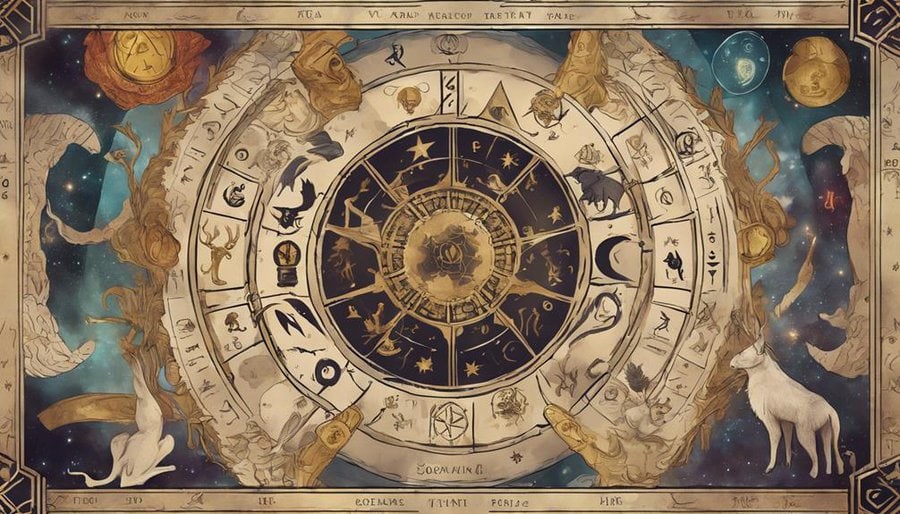
The intricate relationship between Tarot and astrology is a tapestry woven with threads of ancient wisdom and celestial guidance.
Tarot cards often reflect the symbolism of zodiac signs and draw upon the mystical energies of planets to deepen their meanings.
Understanding the connection between Tarot and astrology can reveal layers of insight and offer a richer understanding of the cards' messages.
Tarot and Zodiac Signs
In the domain of Tarot, the alignment between cards and zodiac signs reveals a profound connection to the celestial influences of astrology. When exploring the interplay between Tarot and Zodiac signs, several key points emerge:
- Tarot and Compatibility: Understanding how different Tarot cards correspond to specific zodiac signs can provide insight into compatibility between individuals.
- Zodiac and Tarot Readings: Incorporating zodiac signs into Tarot readings can enhance the depth and accuracy of the interpretations.
- Symbolic Overlaps: The symbolism in both Tarot cards and zodiac signs often intertwines, offering a rich tapestry of meanings for divination.
- Personal Growth: Combining Tarot and astrology can aid individuals in self-discovery, personal growth, and traversing life's challenges with a broader perspective.
Planetary Influences in Tarot
Exploring the intricate ties between Tarot and astrology reveals the profound impact of planetary influences on Tarot readings, deepening the understanding of divination practices. Planetary alignments play a significant role in shaping the energy and interpretation of Tarot cards.
Each planet corresponds to specific tarot symbolism, influencing the overall message conveyed during a reading. For instance, the fiery energy of Mars may signify action, assertiveness, or conflict in a spread, while the harmonious influence of Venus could represent love, beauty, and relationships.
Understanding these planetary influences allows tarot readers to tap into a deeper level of insight and guidance, enhancing the spiritual connection between the cards, the cosmos, and the individual seeking answers.
Popularization of Tarot Readings
Through the centuries, Tarot readings have gained widespread popularity as a tool for seeking guidance and insight into various aspects of life. This ancient practice has transcended misconceptions to become a widely accepted form of therapy and guidance for many individuals.
- Media Representation: The portrayal of Tarot readings in movies, TV shows, and books has contributed to its increased visibility and acceptance in mainstream culture.
- Online Accessibility: The advent of online platforms and apps offering Tarot readings has made this practice more accessible to a global audience, fostering its popularity.
- Celebrity Endorsement: Public figures and celebrities openly discussing their positive experiences with Tarot readings have helped destigmatize the practice and attract a broader following.
- Personal Empowerment: Many individuals seek Tarot readings as a means of self-reflection and empowerment, finding solace and guidance in the cards' interpretations.
Modern Tarot Interpretation
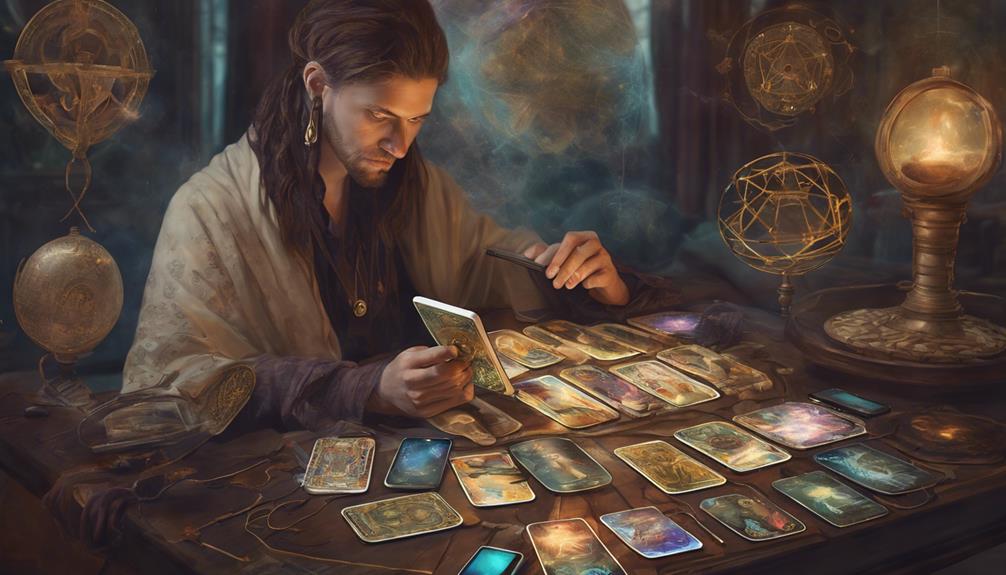
Modern Tarot interpretation encompasses a wide array of practices, from using Tarot in daily decision-making to exploring the intricate symbolism within the cards during readings.
As readers evolve, so do their techniques, incorporating new methods and approaches that enhance the depth and accuracy of Tarot interpretations.
Understanding how Tarot intertwines with contemporary life and personal growth is essential to grasp the profound impact this ancient practice has in the modern world.
Tarot in Daily Life
Incorporating tarot into daily routines can offer individuals valuable insights and guidance for managing life's complexities with a fresh perspective. Tarot rituals can bring a sense of mindfulness and intention to each day, fostering a deeper connection with oneself and the universe. Daily guidance from tarot cards can serve as a gentle reminder to stay present and seek opportunities for growth in all aspects of life. Embracing tarot in daily life allows for moments of reflection and contemplation, encouraging individuals to approach challenges with resilience and creativity.
- Start each morning with a one-card draw to set the tone for the day.
- Use tarot spreads to gain clarity on specific questions or decisions.
- Reflect on the day's events in the evening through a tarot journal.
- Share tarot insights with trusted friends or a supportive community for diverse perspectives.
Symbolism in Readings
Utilizing intricate symbols and nuanced imagery, tarot readings in the modern context explore deep into personal narratives and offer profound insights into one's journey. Symbolic meanings and hidden messages within the tarot cards serve as gateways to the subconscious, revealing layers of understanding and illumination. Interpretation techniques involve a blend of traditional symbolism and the reader's intuitive insights, creating a dynamic and personalized reading experience. The interplay between the cards and the reader's intuition reveals a tapestry of meanings that resonate with the seeker's soul. Below is a table highlighting the essence of symbolism in tarot readings:
| Symbolism in Tarot Readings | |
|---|---|
| Deep Personal Narratives | Profound Insights |
| Hidden Messages | Intuitive Interpretation |
| Symbolic Meanings | Nuanced Imagery |
Evolving Reader Techniques
Delving into the territory of tarot interpretation, contemporary readers employ innovative techniques to reveal the profound wisdom woven within the cards. Through evolving techniques and heightened reader intuition, the practice of tarot reading has transformed into a dynamic and personalized experience.
Here are four ways modern readers approach tarot interpretation:
- Intuitive Spreads: Readers create custom layouts based on intuition rather than traditional spreads, allowing for a more fluid and tailored reading.
- Incorporating Other Divination Tools: Some readers combine tarot with other divination tools like crystals or pendulums to enhance their readings.
- Interactive Readings: Readers may engage in interactive readings where the querent actively participates in the interpretation process.
- Digital Tarot: Utilizing digital platforms for readings, opening up new possibilities for connecting with the cards.
Tarot Reading in the Digital Age
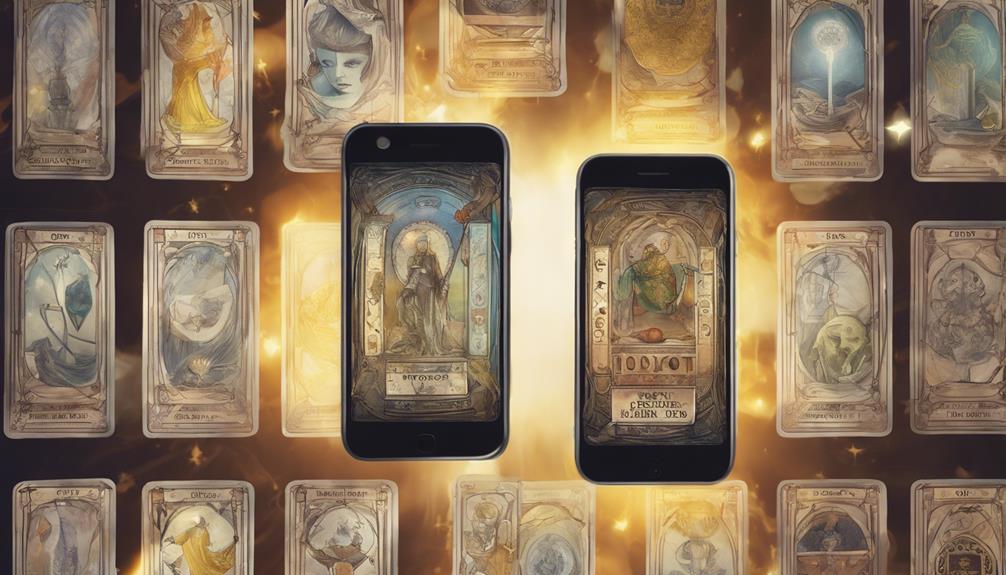
The integration of technology has revolutionized the practice of Tarot reading in the modern era. Online platforms now offer virtual readings, making this ancient art more accessible to a wider audience than ever before. Through the power of the internet, individuals can connect with skilled Tarot readers from around the globe, receiving insights and guidance at their convenience.
| Benefits of Digital Tarot Reading | Description |
|---|---|
| Convenience | Access readings anytime, anywhere |
| Variety of Readers | Choose from diverse talents |
| Anonymity | Seek guidance discreetly |
Online platforms have democratized Tarot reading, allowing seekers to explore different interpretations and perspectives. The digital age has also seen the rise of Tarot apps, offering instant readings at the touch of a button. While some purists may prefer traditional face-to-face readings, the digital landscape has undeniably transformed the Tarot experience, blending ancient wisdom with modern convenience.
Frequently Asked Questions
How Do Tarot Cards Differ From Other Forms of Divination, Such as Astrology or Palm Reading?
Tarot cards, distinct from astrology or palm reading, offer symbolic imagery for interpretation. Evolving through history, tarot symbolism deepens self-awareness. Its guidance provides a unique perspective, empowering individuals seeking freedom and clarity.
Are There Specific Rituals or Practices Involved in Conducting a Tarot Reading?
In conducting a tarot reading, individuals may partake in various ritualistic practices that hold deep spiritual significance. These rituals can range from cleansing the cards to creating a sacred space for intuitive guidance and connection.
How Have Modern Advancements in Technology Impacted the Practice of Tarot Reading?
Modern advancements in technology have revolutionized tarot reading, with online readings becoming increasingly popular. The impact of technology has made tarot more accessible, allowing individuals to seek guidance and insight conveniently from anywhere.
Are There Any Specific Ethical Guidelines or Codes of Conduct for Professional Tarot Readers?
In the domain of tarot, ethical standards and professional conduct are paramount. Adhering to guidelines guarantees integrity and respect for the practice. Embracing these principles elevates the tarot experience and upholds its essence.
What Are Some Common Misconceptions or Myths About Tarot Reading That People Often Believe?
Common misconceptions about tarot reading include the belief that it's purely spiritual, linked to magic, or used for evil purposes. These myths perpetuate a misunderstanding of tarot's true essence as a tool for introspection and guidance.

